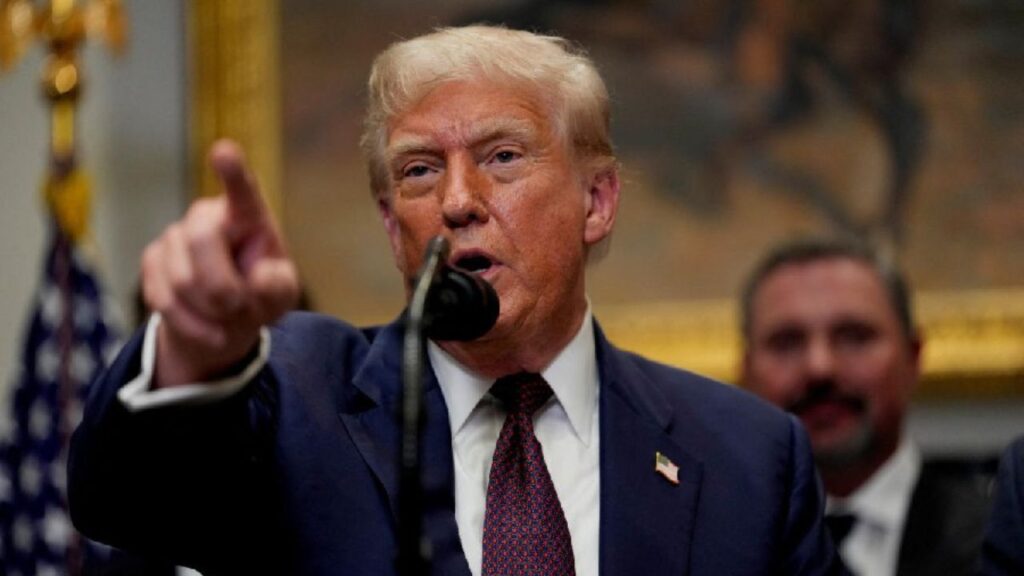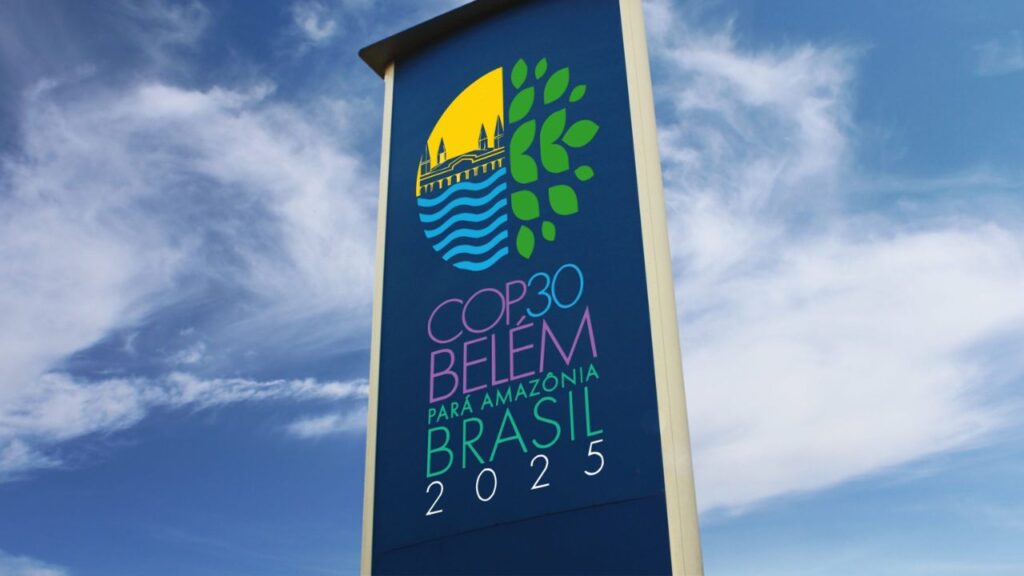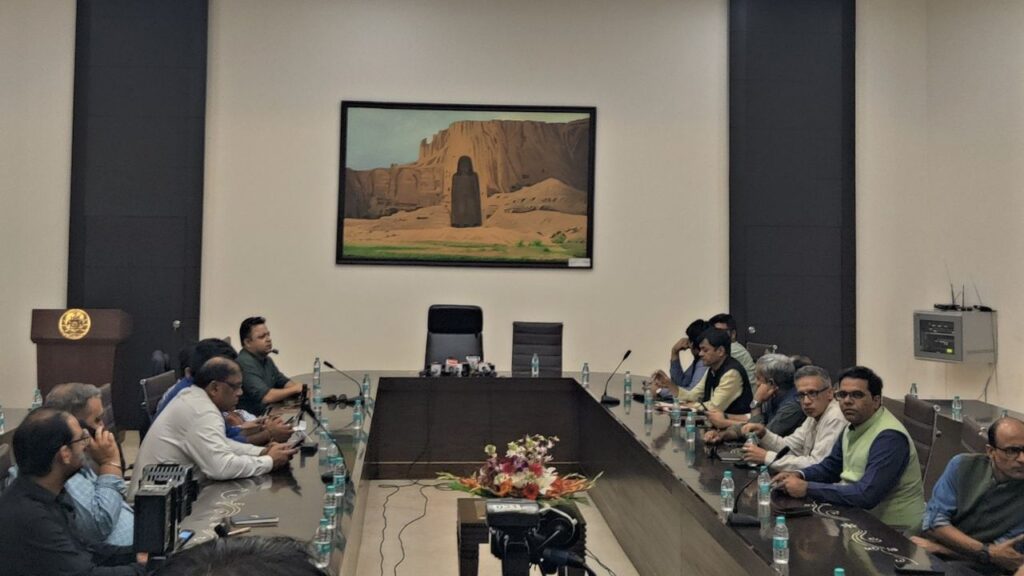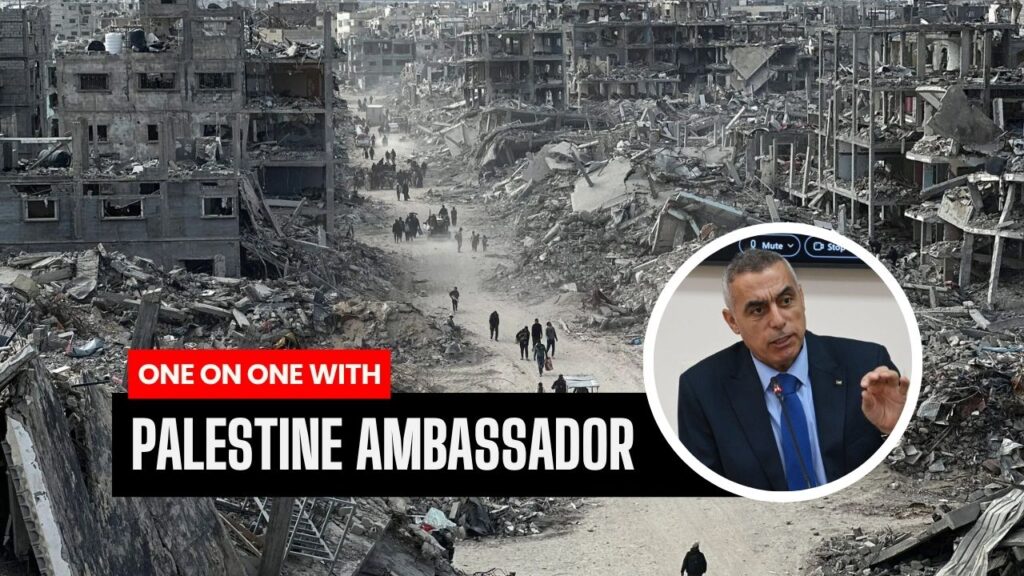In a move that has drawn sharp reactions from diplomats, defense analysts, and ordinary citizens alike, former US President Donald Trump has once again stirred international headlines with a decision that echoes his administration’s unpredictable yet impactful foreign policy.
Calling the Middle East a “dangerous place,” Trump ordered a significant US military pullback from the region, reigniting debates over American engagement in foreign conflicts and the long-standing tensions with Iran.
The decision, which comes amid a fresh wave of escalating tensions between Washington and Tehran, follows a breakdown in diplomatic efforts over Iran’s nuclear program. The region, already volatile from years of unrest, war, and proxy conflicts, now finds itself at a precarious crossroads — one where the absence of a significant American military presence could tilt the balance of power in unpredictable directions.
To understand the weight of Trump’s announcement, one must first consider the current state of the Middle East. Over the past decade, the region has become a theater of complex wars, fragile truces, and shifting alliances. From the ruins of Syria to the battlegrounds of Yemen, and the deepening rivalry between Iran and Israel, the Middle East has rarely been far from the headlines — or American interests.
At the heart of this most recent flare-up lies Iran’s rapidly advancing nuclear program. While Tehran maintains that its ambitions are peaceful, Western powers, led by the United States, have long suspected otherwise. Several rounds of talks — including efforts by European nations to mediate — have failed to reach a meaningful breakthrough. With Iran reportedly enriching uranium at levels closer than ever to weapons-grade, tensions have reached a boiling point.
The US military presence, long seen as both a stabilizing and controversial force in the region, has been pivotal in maintaining a delicate balance. From massive air bases in Qatar to naval operations in the Persian Gulf, America’s footprint has served as both a deterrent and target, especially in times of tension.
When Trump appeared in front of a press gathering earlier this week and declared the Middle East a “dangerous place,” it was not just a rhetorical flourish — it was a signal of change. “Why should our young men and women be risking their lives in a region where we’re not wanted and where we get nothing in return?” Trump said, framing the decision as one rooted in national interest.
“We’re not the world’s police,” he added. “We’ve done our part. It’s time others stepped up.”
This narrative of “America First” has been a recurring theme throughout Trump’s political career. His administration, during his first term, had already taken steps to reduce troop levels in places like Iraq and Afghanistan.
However, critics argue that such withdrawals often left power vacuums that were quickly filled by extremist groups or rival state actors — the most notable example being the Taliban’s resurgence after the US exit from Afghanistan.
Now, with Iran stepping up its defiance and the Middle East more polarized than ever, the timing of Trump’s pullback order raises difficult questions.
Reactions from US allies in the Middle East were swift and concerned. In Israel, Prime Minister Benjamin Netanyahu reportedly held an emergency security cabinet meeting. “A reduced American presence in the region,” one Israeli official told local media on condition of anonymity, “sends the wrong message to Iran and other hostile actors.”
Saudi Arabia, another key US ally and a regional rival of Iran, also expressed concern. A statement from Riyadh’s foreign ministry diplomatically acknowledged America’s sovereign right to deploy its forces as it sees fit, but stressed the need for “continued cooperation to preserve regional stability.”
Iran, on the other hand, reacted with a mix of caution and celebration. State-affiliated media outlets portrayed the move as a sign of American weakness and retreat. “The era of American hegemony in our region is ending,” declared a front-page editorial in Kayhan, a newspaper seen as close to Iran’s Supreme Leader Ayatollah Ali Khamenei.
However, beneath the rhetoric lies a layer of uncertainty. While Iranian hardliners may see opportunity in a reduced US presence, there is also recognition that the US remains a powerful global actor with other means — including economic sanctions and cyber capabilities — to assert pressure.
On the ground in Iraq and Syria, Kurdish forces — long-time partners of the US in the fight against ISIS — fear they will once again be left exposed. In 2019, a similar pullback ordered by Trump had left Kurdish fighters vulnerable to Turkish military operations, leading to widespread condemnation.
The most immediate question is whether the withdrawal will defuse tensions or inflame them further. While talks between the US and Iran remain stalled, there is still hope among diplomats for a return to negotiations — possibly through backchannel discussions or third-party mediation.
Oman and Switzerland have both played such roles in the past, and sources indicate they are already exploring options to restart dialogue. The Biden administration, which had initially attempted to re-enter the Iran nuclear deal before Trump’s return to prominence, now faces a much more complicated landscape.
The Middle East has long been a land of contradictions — ancient civilizations and modern conflicts, spiritual richness and political strife, dreams of peace and the realities of war. America’s role in this landscape has always been controversial, seen alternately as liberator, occupier, protector, or aggressor.
Trump’s decision to pull back might align with the sentiments of a war-weary American public, but it also risks leaving behind a region more unstable than ever. Whether this move will usher in a new era of responsibility-sharing or open the door to new dangers remains to be seen.

















